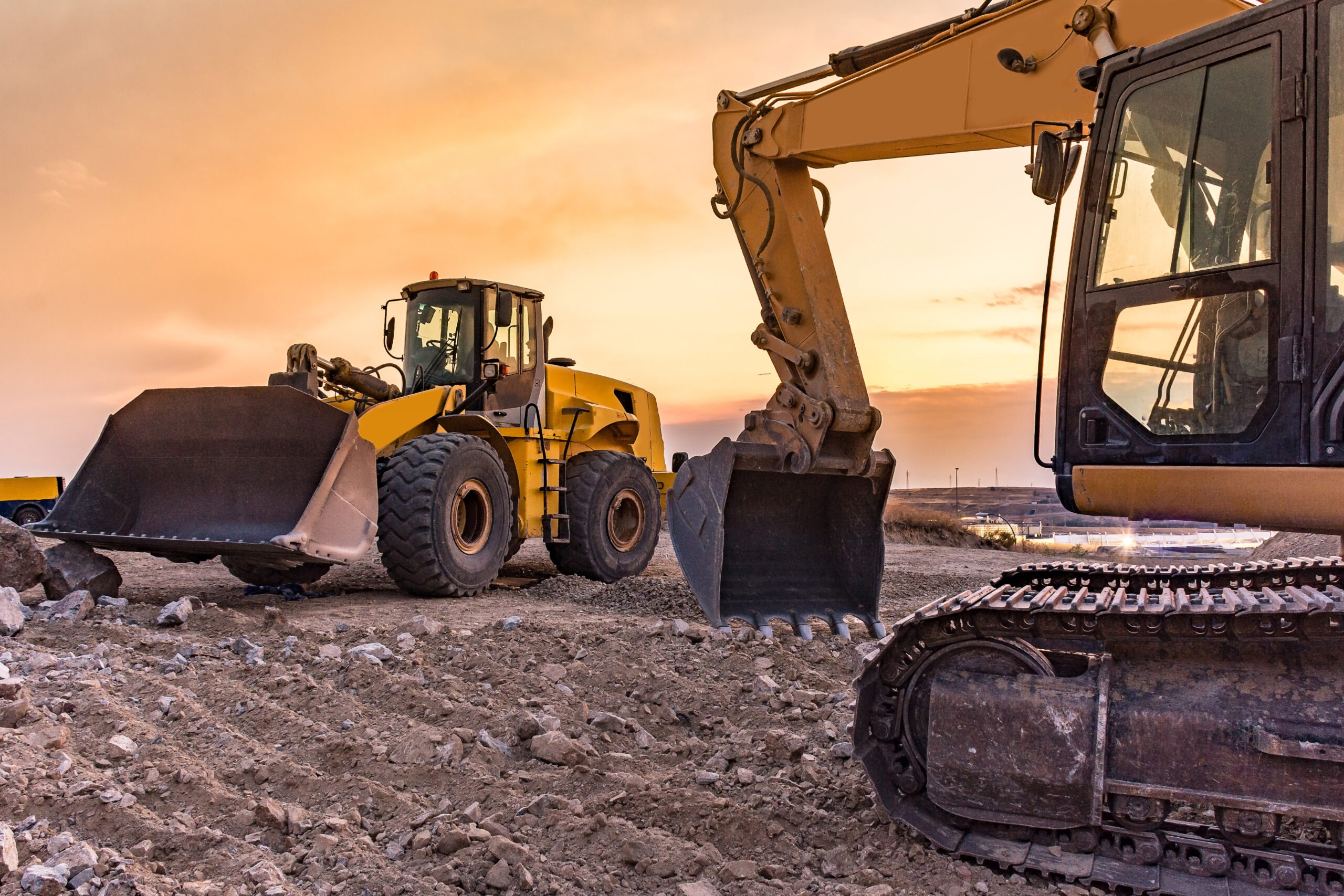When I first started MRM Construction Services back in 2019, I didn’t have a massive fleet or an endless inventory of tools. Like many small business owners in construction, I had just enough equipment to get the job done—and a strong motivation to use every resource wisely. Over the years, I’ve learned that managing your fleet and equipment isn’t just about keeping things running; it’s about making sure your business runs efficiently, safely, and profitably.
Whether you’re just starting out or trying to grow your small construction company, effective equipment and fleet management can help you save money, avoid costly downtime, and deliver better results for your clients. Here’s what I’ve learned from experience and what I’d recommend to others walking the same path.
Start with a Solid Inventory
The first step to effective equipment management is knowing exactly what you have. It sounds simple, but I’ve met plenty of contractors who don’t have an updated list of their tools, vehicles, or machinery. Keeping a detailed inventory—complete with purchase dates, maintenance history, usage logs, and serial numbers—helps you track what’s available, what’s in good condition, and what needs attention.
For me, maintaining a digital log of our assets was a game-changer. It’s easier to plan jobs when I know what equipment is available, what needs repairs, and what can be allocated to upcoming projects. It also gives me peace of mind knowing that if something goes missing or breaks down, I’m not left guessing.
Preventative Maintenance Pays Off
I can’t stress this enough: don’t wait for your equipment to break down before you service it. Preventative maintenance has saved me thousands over the years. Regular oil changes, tire checks, filter replacements, and inspections might seem like small tasks, but they keep your equipment running longer and help prevent costly repairs down the line.
We’ve built maintenance schedules into our weekly routine. Every Friday, my team checks our trucks, trailers, and heavy tools for wear and tear. It’s a small time investment that’s paid off big. Preventing downtime on the job site means keeping the project on schedule—and that’s something clients always appreciate.
Use Technology to Stay Organized
When I first got started in construction, tracking maintenance and usage was mostly done on paper or with memory. But times have changed, and I’ve embraced some simple tech tools to stay organized. We now use a basic fleet management app to track mileage, oil changes, and usage hours. There are even low-cost GPS tools you can install on your trailers and equipment to prevent theft and monitor location in real time.
You don’t need a high-end system or a big IT budget—just something that helps you stay on top of things. If you’re still using spreadsheets or paper notes, consider switching to an app that keeps everything centralized and accessible from your phone or tablet. It’s made managing our growing fleet so much easier.
Assign Responsibility and Build a Culture of Care
In a small business, every team member needs to wear multiple hats. But when it comes to equipment, I’ve found that assigning responsibility helps protect our investment. Each crew member is responsible for checking the tools and vehicles they use. This way, if something breaks or needs attention, we find out right away.
More importantly, I’ve worked hard to build a culture where we treat our tools and trucks with respect. If something needs repair, we fix it. If a tool is missing, we track it down. When everyone understands that equipment is the lifeblood of the business, they take better care of it—and that protects the bottom line.
Know When to Repair or Replace
As a business owner, one of the toughest calls is deciding when to repair something versus replacing it. There’s no one-size-fits-all answer, but I try to ask myself a few key questions: How much will the repair cost? How often is this item breaking down? How critical is it to our day-to-day work?
Sometimes, holding on to an old truck or power tool just isn’t worth it. The more time you spend dealing with breakdowns or poor performance, the less time you’re spending on the job site. When a piece of equipment starts to cost more than it’s worth, I start planning for a replacement.
Budgeting and Planning for Growth
Fleet and equipment management isn’t just about what you have today—it’s also about planning for tomorrow. As our business has grown, I’ve made it a point to set aside part of our revenue each year for new purchases and upgrades. We don’t buy on impulse; we buy based on need, project load, and long-term value.
Leasing is another option I’ve considered for specialty equipment we don’t use every day. Renting for short-term use can save money and reduce storage needs. Every dollar saved on unnecessary equipment can be reinvested in areas that help the business grow.
Final Thoughts
Fleet and equipment management might not be the most exciting part of running a construction business, but it’s one of the most important. When your tools and trucks are reliable, you can deliver better work, stick to timelines, and earn more trust from your clients.
At MRM Construction Services, we’ve built our reputation on quality and reliability—and that starts with how we manage what we use every day. If you’re just starting your construction journey, I encourage you to treat your equipment like your team: with care, attention, and respect. It’ll pay you back tenfold.
Running a small construction business is all about working smart and planning ahead. And when it comes to your fleet and equipment, the smartest thing you can do is manage it like the valuable asset it is.
